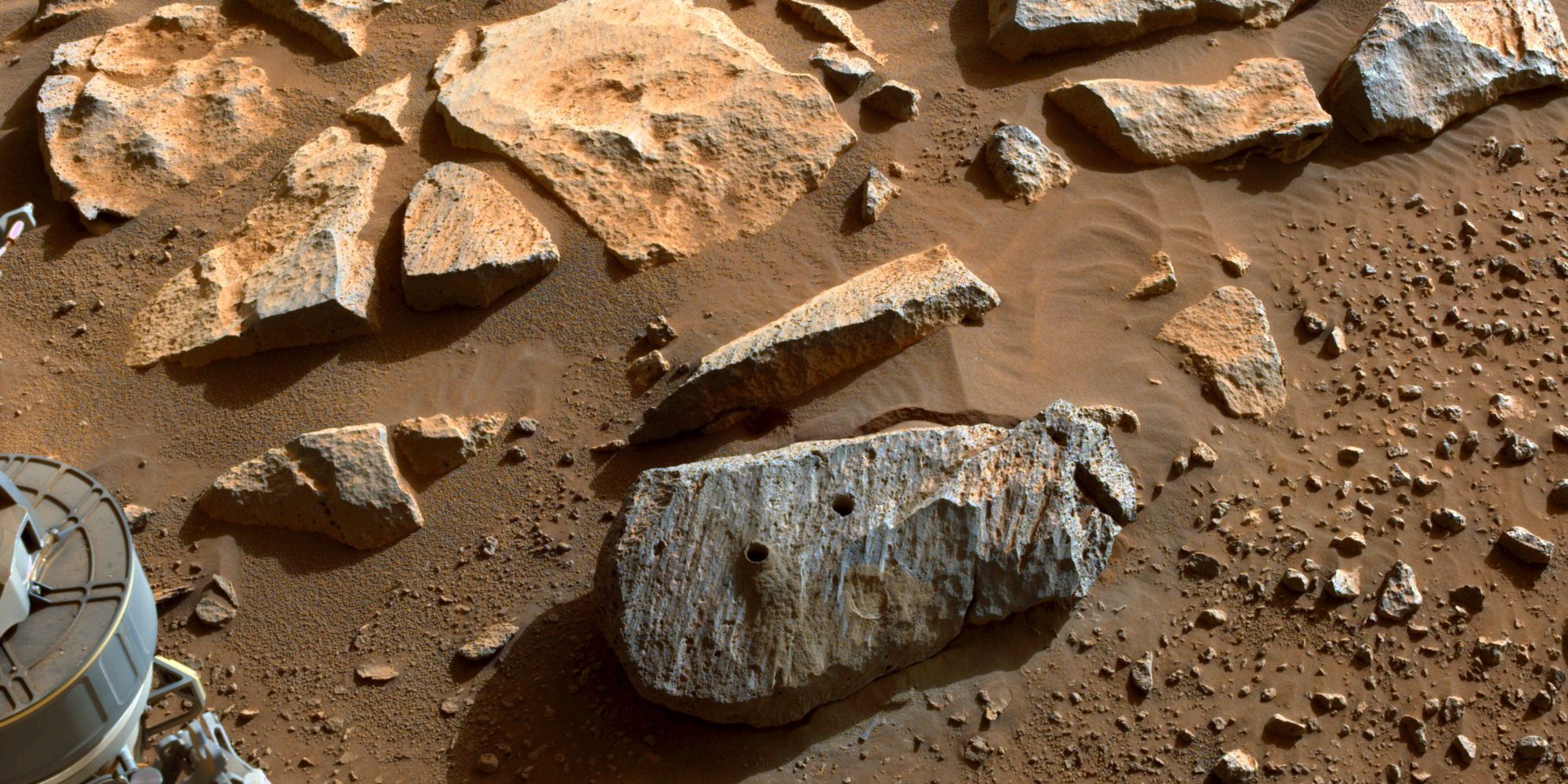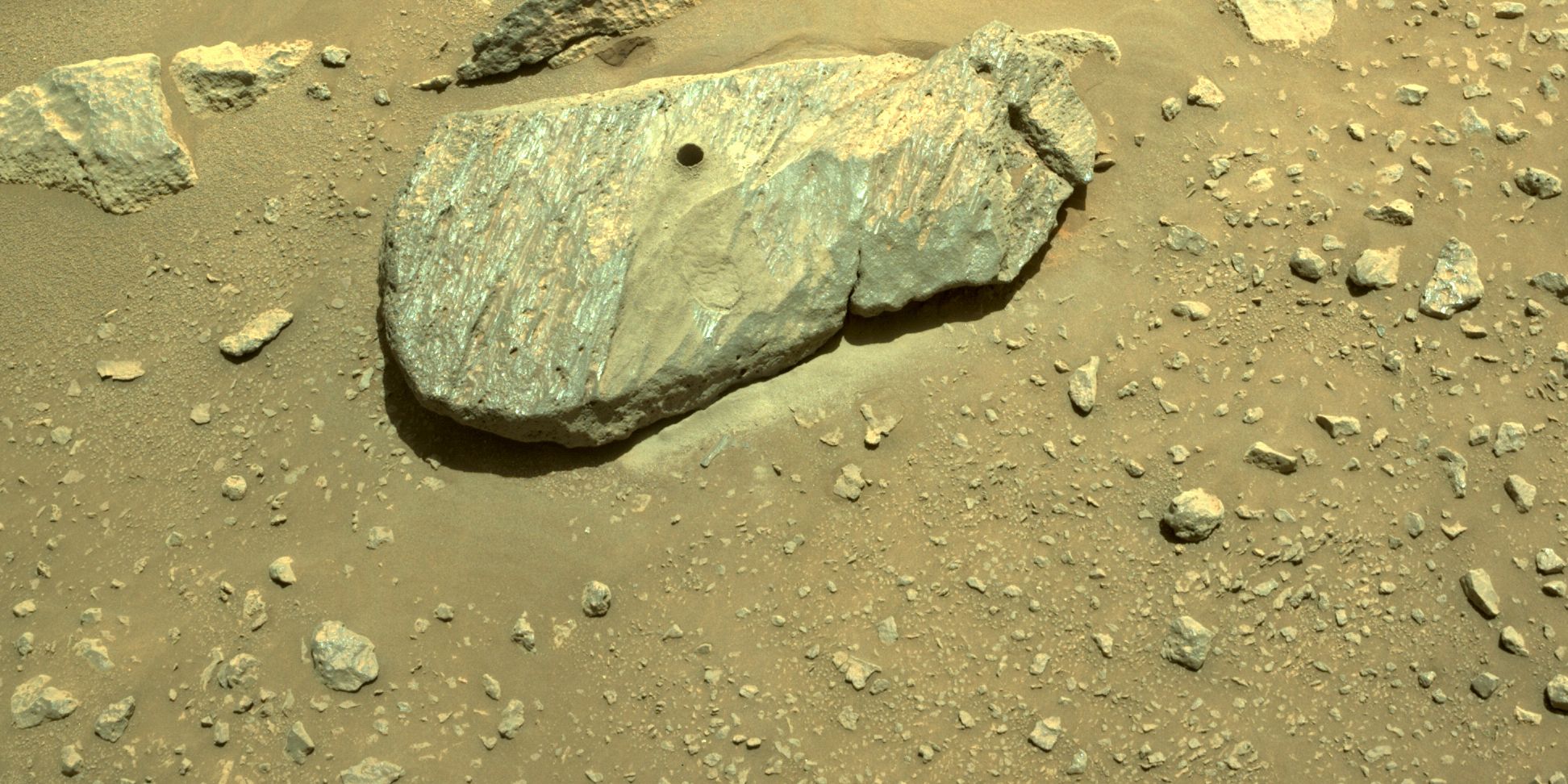The two Martian rock samples collected by NASA's Perseverance rover this month suggests that the Red Planet has a potentially life-supporting habitable environment. The news comes days after the Perseverance rover successfully collected its first pair of rock samples named 'Montdenier' and 'Montagnac'. While the former was collected on September 6, the latter was picked up a couple of days later, on September 8th. The two new rock samples were expected to give NASA some insight into the environment on Mars, and the latest report now suggests that they have done so already.
The successful attempt to collect the two rock samples comes as a shot in the arm for NASA after the Perseverance's first attempt at collecting a sample failed a few weeks ago. As part of that initial attempt, the rover went down to the Jezero crater to collect samples that could potentially reveal whether or not Mars was once inhabited by microbes. However, as Perseverance tried drilling a hole into a rock to collect a sample, the rock crumbled to dust, preventing NASA from getting its hands on anything useful.
The two rock samples are part of a harder rock nicknamed Rochette, and seemingly reveal that the environment on the Red Planet is hospitable enough to have supported life at some stage. That's according to project scientist Ken Farley of Caltech, who claimed that the rocks have revealed "a potentially habitable sustained environment" on Mars. He also said that the signs of ancient water on Mars "is a big deal".
Mars Rocks Reveal Possible Signs Of Ancient Water
As for the donor rock Rochette, NASA says it is basaltic in composition and may be the product of lava flows. If Rochette is indeed a volcanic rock, the presence of crystalline minerals in it should also help in radiometric dating that should reveal its age with a large degree of accuracy. If the Perseverance is equally successful in collecting more such samples, the scientists may be able to get more insight into the history of the Jezero crater, including how it was formed and what happened to the lake that it once hosted.
Scientists also believe they have spotted salts within the two collected rocks. The salts are likely to have formed either because of flowing groundwater or evaporating groundwater and are likely to have trapped tiny bubbles of ancient Martian water that could serve as time capsules and offer clues about the ancient climate and habitability of Mars. The samples might also help NASA understand more about the planet's ancient climate that may have helped sustain alien life.
Once Perseverance is done at its current location, it will move over to its next sample site, South Séítah, which is just over 650 feet away, and is covered by sand dunes, boulders, and rock shards. It is believed to be an older formation within the Jezero crater and is likely to provide NASA with an even better timeline on the Martian geology, and hence a better understanding of the Martian environment.
Source: NASA


